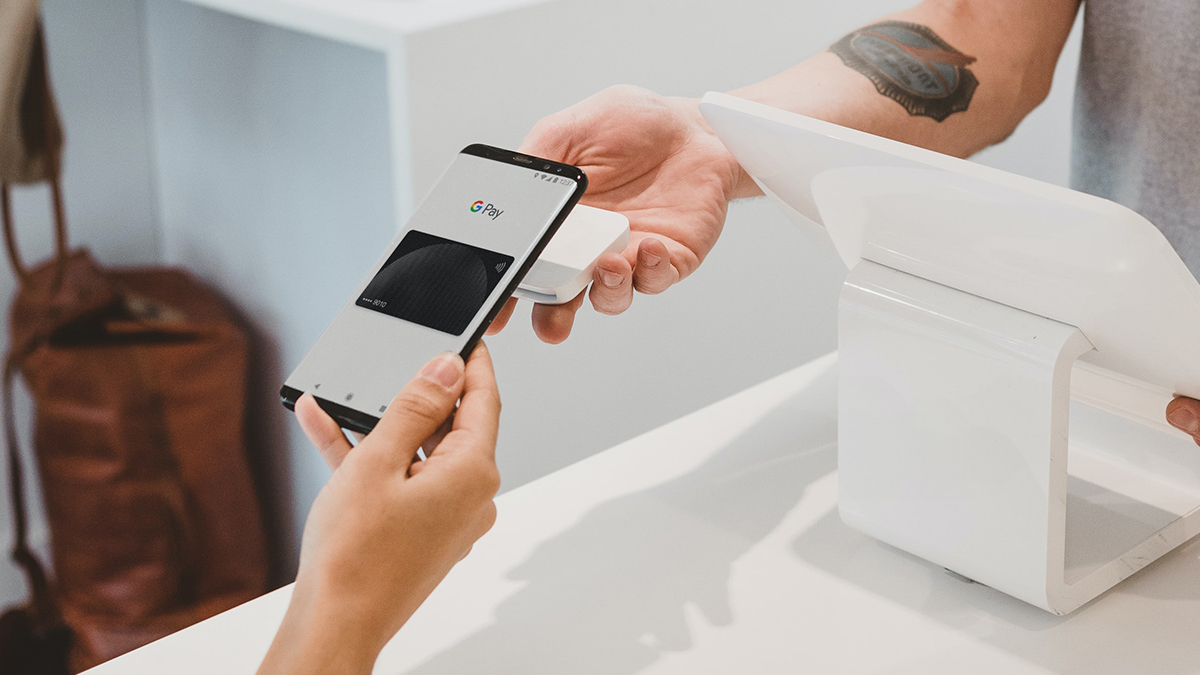While Fintech started its rise during the latter half of the 2010s, it was only during the pandemic that all these different digital banking, virtual wallet, and online payment platforms got into their stride in terms of their userbase. Due to the dangers of physical cash transactions then, we saw how all varieties of businesses — restaurants, retail chains, mom-and-pop stores, and even sari-sari stores — adopted and thrived on digital payments and transactions. Even taho and fishball vendors got into the trend and used QR codes for payments. That’s how popular Fintech became due to COVID-19.
But before the conveniences of today’s financial landscape for consumers, there was a time when financial services weren’t as accessible nor as speedy. For our Gen Z and Gen Alpha readers, here are some things that we Millennials and the older generation had to deal with for the sake of money.

Sending and receiving money
Today, if you are sending or receiving money for whatever purpose — allowances, purchases, or your share in the group’s kaniya-kaniyang bayad meal — and you aren’t using cash, the same bank, or the same payment platform, then you can use Instapay or PESOnet for a minimal fee. It is so convenient not having to worry about carrying stacks of cash for a hefty purchase or having enough change to split the dinner bill.
These now-invaluable fund transfer services were established in 2017. However, before they were the norm, digital cash transactions were, in hindsight, quite inconvenient. I still remember having to go to a courier shop or a pawnshop to receive my allowances. This involved riding jeeps, queuing in line, manually filling up forms, and commuting back to my dorm, wary of thieves or hold-uppers who prey on newly cashed-up college students. Sometimes, if I was particularly unlucky, the shop would not have enough cash to cover the remittance, and I would have to try again the next day.
The GCash and the Maya we know today have come so far in terms of features and conveniences. Before evolving into multi-function virtual wallets, they were just text-based domestic money transfer services that you could cash out from, courtesy of your nearest sari-sari store or neighbor. Unfortunately, they also had the often-occurring problem of not having enough cash on hand to cover the transaction.
Banking
Digital banking is such a boon for those without the patience or social energy to go to a physical bank. Today, you can open a bank account, request statements, and order checkbooks from the comfort of your sofa at whatever convenient time. Sure, platforms and systems are sometimes buggy, and there’s always the fear of being hacked. But I believe that as long as you practice proper cybersecurity protocols such as using a strong password, enrolling in two-factor authentication, not sharing your one-time PINs, and staying away from scam links and sites, then you’re golden for the most part.

In contrast, physical banking was and continues to be such an exercise in patience. Going into a brick-and-mortar bank for tasks such as opening an account, amending your record, or encashing checks can easily eat up a few hours out of your day. Banking hours are also quite inconvenient, as most are only open during weekdays for at least six hours. Before, if I was not among the first people in the door at the start of the banking day — especially during paydays — then I had to resign myself to taking a half-day off from work.
To be fair, though, physical banking does feel more secure as bankers are pretty thorough in ensuring their clients are who they say they are. Also, machines and FAQs cannot yet entirely replace the human touch of being able to answer complicated questions such as “I lost my PIN for my first account, but I would like to open another account. Can I just link the first account number to the second one’s ATM card?” Additionally, getting your transactions done by going into a bank just feels more like an adulting accomplishment versus online banking.
The value of cold hard cash
No, I’m not talking about monetary value. A PHP1,000 bill will always have the value of a thousand pesos. I’m talking about physical currencies’ non-monetary attributes. For instance, being tangible means that it can be physically held, stored, and used for transactions. Being physically real also means having to be face-to-face with your transaction partner to use it. Back then, it was unthinkable to send your hard-earned money to a stranger over the internet who claims that they’ll send you that limited edition Funko Pop or a whole tray of cookies. On the flip side, sellers had to be extra cautious with buyers sending screenshots of bank deposit slips as these may be faked or edited. Thankfully, digital cash trails can be easily tracked and monitored nowadays, so this problem is not as prevalent as before.

Previously, the internet was also not as strong. If all you had was your virtual wallet and you didn’t carry cash with you, your financial wellbeing could come crashing down if the internet goes kaput.
Lastly, carrying physical cash can put a damper on your spending. It’s easy to go gung ho and spend your entire virtual wallet in one afternoon because of how easy it is to scan QR codes. With cash, you can feel your real wallet thinning. Nothing brings a spending spree in check like a very light wallet that was once full.
Words by Chris Noel Hidalgo
Also published in Gadgets Magazine February Issue 2023
